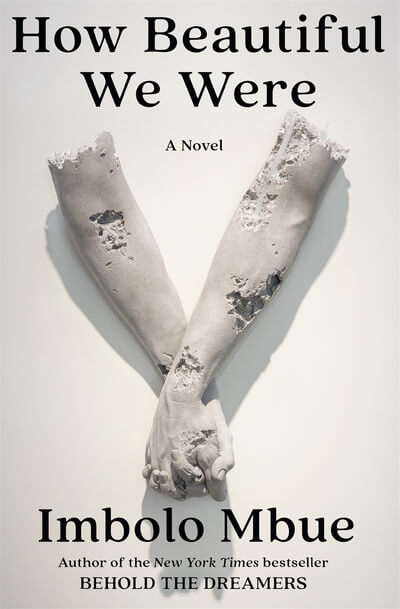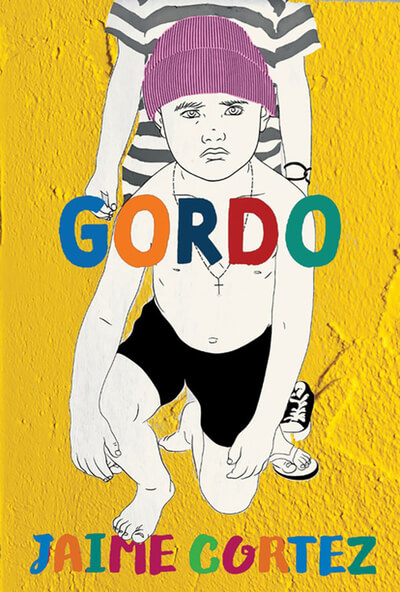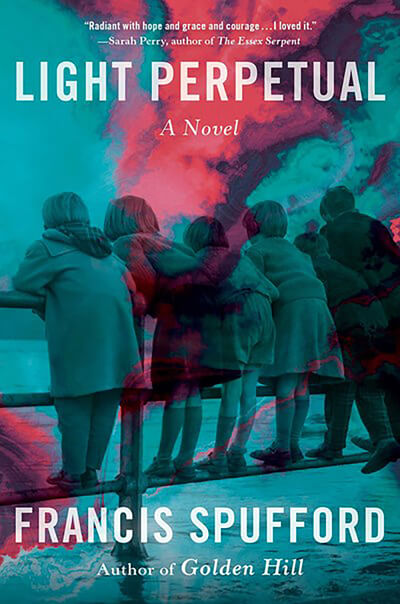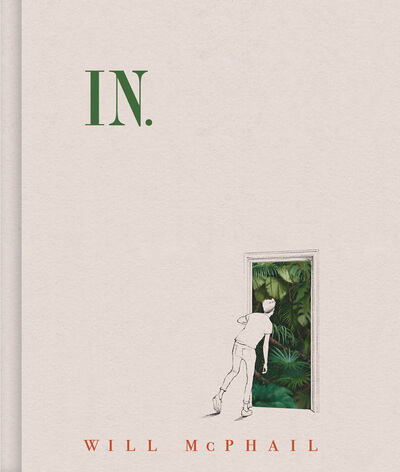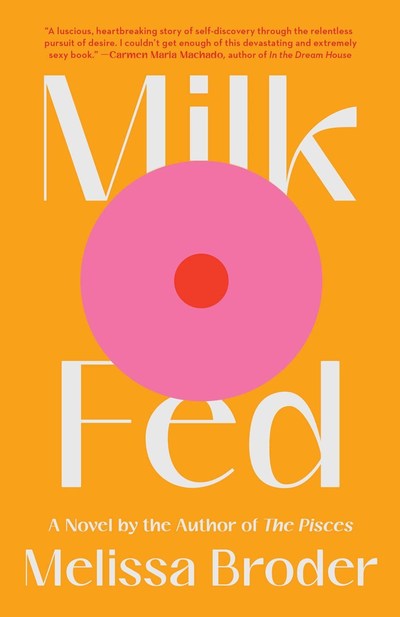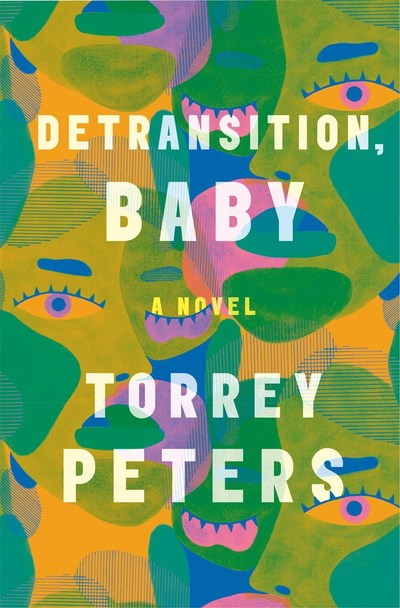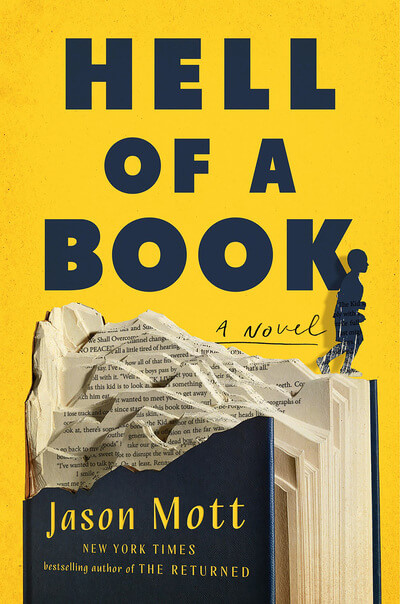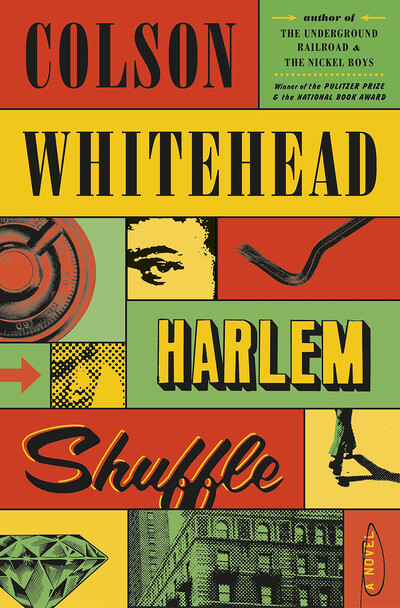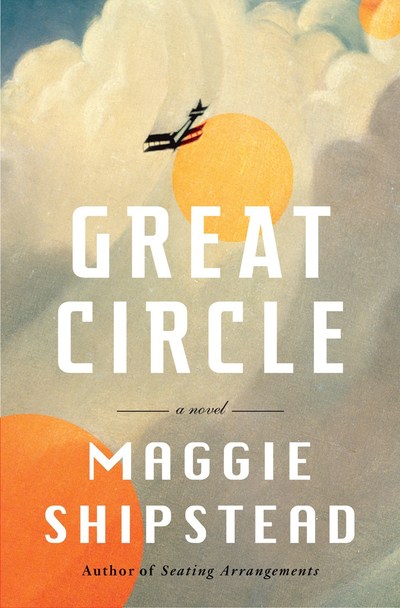Picture it: You’re navigating your first holiday party of the season, you’ve got something to sip on, and you’ve just bumped into an editor from BookPage. Of course, they’ll probably bring up a book they’ve recently read—for example, one of the books below.
Wintering
In my friend group, there’s an annual string of holiday parties that begins with Oktoberfest and ends with New Year’s Eve. Though each gathering has its own celebratory tenor and theme, all of them have in common a milieu of wintry darkness. Against this twinkly backdrop, someone always brings it up: “How are you staying out of the jaws of depression now that the sun sets at 4:30 p.m.?” Personally, my answer is Wintering by Katherine May. After reading it for the first time in 2020, I resolved to reread it every year as a reminder of the advantages of darkness, idleness and cold. As May travels to Iceland, Norway, Stonehenge and beyond to experience different groups’ cold weather rituals, she reflects on the metaphorical winters that challenge us: periods of unexpected illness, rejection, bereavement or failure. When the sun begins disappearing earlier and my mood starts to sink, May’s beautiful words help me to remember this season’s transformative power and embrace its long hours of darkness.
—Christy, Associate Editor
Valley of the Dolls
I decided to read Valley of the Dolls purely because I wanted to talk about it with people at parties. Jacqueline Susann’s astonishingly successful tale of three women clawing their way to the top of midcentury America’s gin-soaked, glitteringly cynical entertainment industry has been heralded as the ultimate beach read, the godmother of “chick lit” and a camp masterpiece. I thought it would be an interesting historical artifact, but then I inhaled almost half of the book in one day, cackling with glee at Susann’s gloriously over-the-top refraction of her own experiences as an aspiring actress on Broadway and in Hollywood. Whether speculating on which real entertainment icons inspired Susann’s characters or simply recounting the most unrepentantly wild scenes (two words: wig. snatch.), Valley of the Dolls will be livening up my cocktail chat for years to come—just like, I suspect, Susann would have wanted.
—Savanna, Associate Editor
On Immunity
After exhausting all of our catching-up chatter at holiday gatherings, my friends undoubtedly, almost helplessly, return to discussing our current crisis. In times like these, I wish everyone in America would read Eula Biss’ 2014 book. Her son was born amid the H1N1 pandemic, and in her exploration into the history of vaccination and our cultural relationship with it, she makes a strong case for communal trust and the interdependence of our futures. Biss’ book touches on so much of what we’re experiencing right now, from the urgency to protect the ones we love to the difficulty comprehending other people’s ill-advised choices, but surprisingly, her penetrating book is seemingly without anger. It could even be seen as an inoculation against such anger. I have a distant but very real hope that a book like On Immunity would allow us to reexamine our history, which over time has become corrupted by missing information, confused language and outright manipulation, and to instead proceed with clear eyes and compassion.
—Cat, Deputy Editor
Dragon Was Terrible
After a few glasses of wine, it doesn’t take much to goad me into soapboxing about my favorite topics, from the notion that all children’s literature reflects ideologies about the nature of childhood itself, to my soft spot for picture books about characters who violate social norms. Kelly DiPucchio and Greg Pizzoli’s Dragon Was Terrible is among my most treasured of such books. This tale of a dragon who is so terrible that he scribbles in books, TPs the castle and takes candy from baby unicorns combines the wry humor of Monty Python and the Holy Grail with the visual wit of the best New Yorker cartoons. When the king offers a gift to whoever can tame the dragon, the sign posted on the castle wall reads, “It shall be a nice gift. Ye shall like it!” Beneath the sign, Dragon has tagged the castle in bright orange paint: “Dragon was here.” It’s the perfect antidote to the common misperception that picture books are moralizing bores.
—Stephanie, Associate Editor
All My Mother’s Lovers
There are two topics I gravitate toward in group settings: the point when it becomes possible to grasp the magnitude of the lives our parents lived before having children, and novels that succeed in suggesting that their characters will continue to have consequential, interconnected experiences once the pages of the book have run out. Ilana Masad’s All My Mother’s Lovers gives me an avenue to talk about both of these things, introducing a cast of characters who are all multifaceted and contradictory in the best way possible, navigating their grief for the protagonist’s mother—a person everyone thought they had figured out—while grappling with the facets of her life that became apparent after her death. It’s a stunning reminder that as people, particularly women, get older and their preexisting identities get overshadowed by titles like spouse, parent and worker, their capacity for complexity doesn’t cease. This novel features a twist that really drives that idea home.
—Jessie, Editorial Intern






